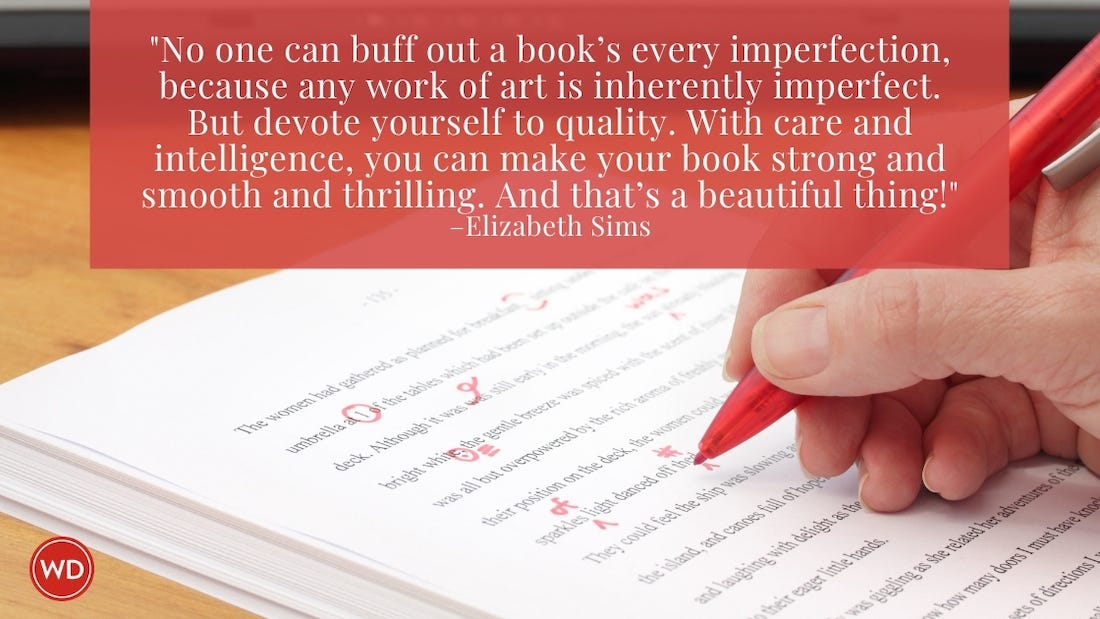Contemplating Art
The Daily Writer by Fred White A great painting, drawing, photograph, sculpture, or tapestry, can profoundly stir our emotions, heighten our perceptions, and stimulate our imagination—often inspiring us to create…
A great painting, drawing, photograph, sculpture, or tapestry, can profoundly stir our emotions, heighten our perceptions, and stimulate our imagination—often inspiring us to create our own works of art. Contemplating works of art, then, is an excellent way for writers to pique their aesthetic perceptions. Images powerfully rendered—think of Michelangelo’s Sistine Chapel ceiling fresco, “God and Adam,” or Edvard Munch’s “The Scream”—seize our attention, heighten our fascination with the subject that so fascinated the artist. For Michelangelo it was God’s paradoxical nature as both transcendent power and a compassionate parent, not just to Adam but to all humankind: the mortal hand almost touches the Almighty one; actual contact would have constituted idolatry. For Munch, the distinction between subjective and objective reality collapses in this moment of primal, nightmarish fear: reality is what our minds—awake or asleep or somewhere in-between, make of it.
FOR FURTHER REFLECTION
A work of art presents a vision of nature or a statement of the human condition. A painter or sculptor uses images to embody ideas and experiences much as a writer uses words for the same purpose. Art—whether it employs paint or clay, sounds or words—transforms the abstractions of human experience into shapes that can be readily apprehended by the senses.
TRY THIS
Spend several moments contemplating a work of art of your choice, and then write a one-page story in which you enter that work of art. Describe how you interact with your surroundings. Remember the scene from Mary Poppins when Mary and Bert and the children leap into one of Bert’s sidewalk paintings? Try something similar with your story.
Scott Francis is a former editor and author of Writer's Digest Books.









